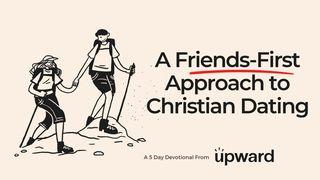Plan Info
BibleProject | How to Read the BibleSample
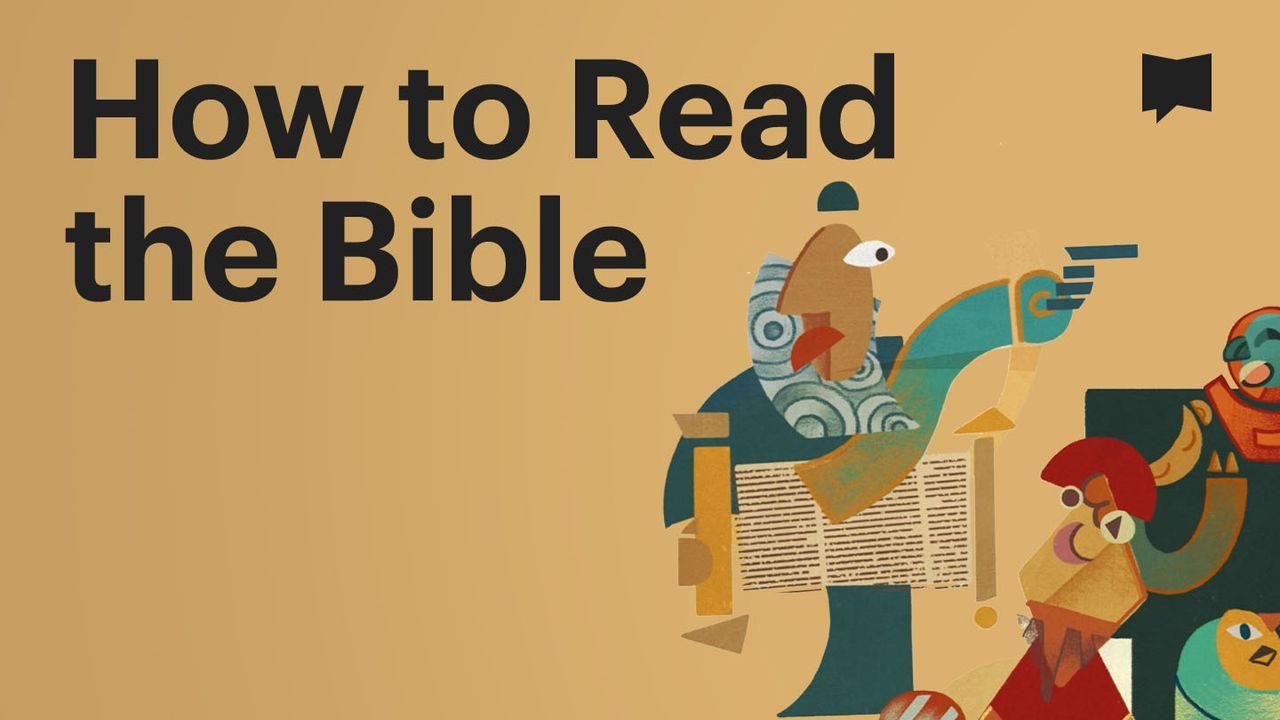
Day 19: New Testament Letters (Literary Context)
Have you ever tried reading the letters in the New Testament and found yourself lost or asking, “What on earth is Paul talking about?” You’re not alone! Even the apostle Peter found Paul’s letters difficult to read (see his comments in 2 Peter 3:15-16). But with an understanding of the literary context, you can learn to read these letters with more wisdom and insight.
It’s important to remember that in the first-century world, most people did not read, so the apostles designed these letters to be read aloud (see Colossians 4:16 and 1 Thessalonians 5:27). The letters would have been read by the people who delivered them, like Phoebe in Romans 16:1-2 or Tychicus in Colossians 4:7 and Ephesians 6:21. They read more like written speeches, which actually gives us a helpful angle on how to read them.
The apostles adopted and adapted the common first-century letter format by beginning their letters with a greeting, a prayer of thanksgiving, or a blessing. They usually packed this introduction with the key words, ideas, and themes that they planned to develop throughout the letter.
Once you get into the main part of the letter, there are a few skills that you can hone to help you make sense of the meaning:
1. Learn to break the letter down into smaller sections and paragraphs. Think of these as the basic building blocks, each with its own main idea.
2. Start tracking with repeated words and ideas within each paragraph. You can then trace those words that link the many paragraphs together.
3. Take notice of the key transition words that link all the paragraphs together, words like “therefore,” “because of this,” or “however.”
Before you know it, you’ll find yourself tracing the thread of the main idea throughout the letter from beginning to end. These letters are not a random collection of theological ideas. They are carefully crafted speeches, written in letter form, that develop a coherent set of ideas from beginning to end. It takes effort, but if you’re diligent, you’ll find yourself reading the New Testament letters with more insight than ever before.
About this Plan
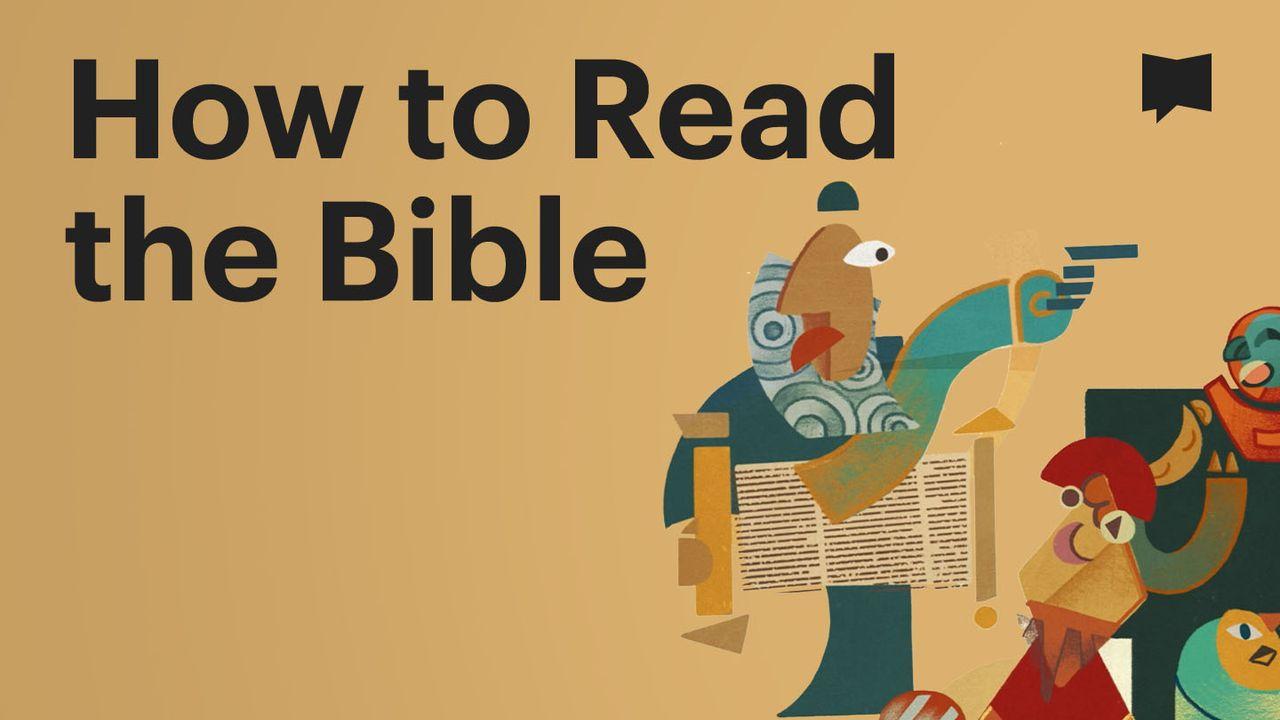
The Bible is the most influential book in human history, but what is it exactly? This reading plan is designed to introduce you to the Bible and its unique design, various genres, and unified story.
| We would like to thank BibleProject for providing this plan. For more information, please visit: http://bibleproject.com |
Related Plans

Focus: Avoiding Distractions

Jonah: Big Fish, Bigger God
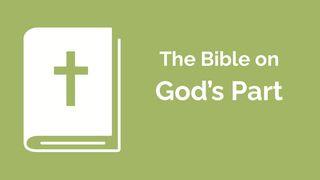
Financial Discipleship – the Bible on God's Part
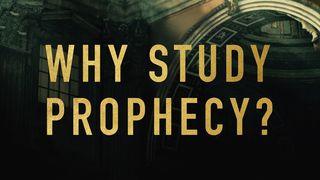
Why Study Prophecy? A 6-Day Study by Dr. Tony Evans
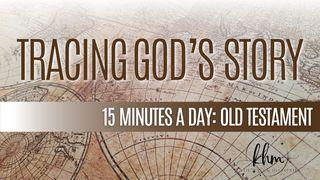
Tracing God's Story: Old Testament

Living on the Other Side of Fear by Matt Bromley
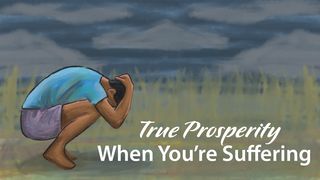
True Prosperity When You're Suffering
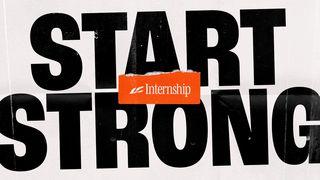
Start Strong
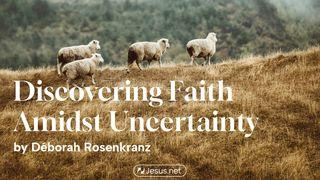
Discovering Faith Amidst Uncertainty
